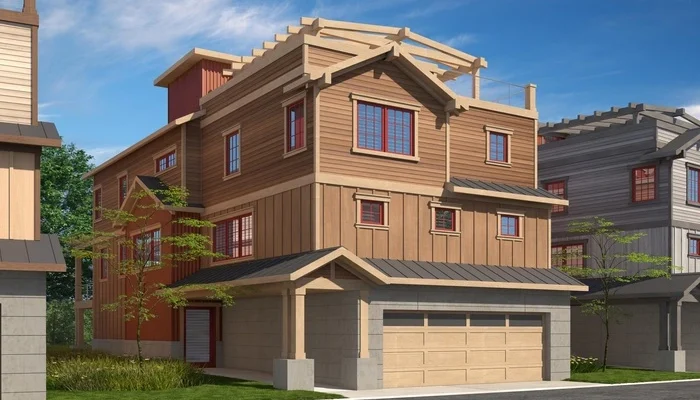Choosing the right neighborhood is crucial for ensuring a happy and fulfilling lifestyle for you and your family. Here are five key factors to consider when selecting a neighborhood:
1. Identifying Your Family’s Needs
Before you start looking for a new neighborhood, it’s important to understand what matters most to your family. Are you looking for top-rated schools, vibrant parks, or a quiet suburban lifestyle? Defining your priorities will make the search process smoother. For example, if you’re interested in homes for sale in Winter Park, knowing your needs will help you focus on suitable communities. The U.S. government’s moving guide provides helpful checklists and insights for those planning to relocate.
2. Safety First: Evaluating Neighborhood Security
The safety of a neighborhood is a top concern for many families. To assess this, investigate local crime rates and engage with community forums for firsthand accounts from current residents. Various websites offer detailed crime statistics that can help you evaluate the security of different areas. Ensuring a safe environment for your family not only brings peace of mind but also contributes to a stable living situation.
Checking Crime Rates
Look into both violent and property crime statistics to get a comprehensive understanding of neighborhood safety. Many online platforms provide detailed crime data, and you can also consult local law enforcement agencies for additional context.
Community Insights
Use forums and social media to get firsthand insights from current residents about neighborhood safety. Inquire about community watch programs and daily security concerns, as these can provide more nuanced insights than raw data alone.
3. Schools and Education
The standard of the schools in the area is an important thing for families with kids to think about. Research school ratings, talk to other parents, and use state databases to compare performance metrics. Also, consider the availability of extracurricular activities and other educational resources in the area, as these enrich your child’s development.
School Ratings and Reviews
Several sites give parents a lot of information about schools, including scores and reviews from other parents. These tools can give you a balanced view of academic performance and the range of extracurricular activities offered.
Visiting Schools
Whenever possible, visit the schools you are considering. Engage with the administration and teachers, and tour the facilities. Going to a school in person can tell you a lot about how it feels and how active it is in the community.
4. Assessing Local Amenities
The availability of grocery stores, healthcare facilities, parks, and recreational centers can greatly influence your family’s quality of life. Create a checklist of essential amenities and explore potential neighborhoods to assess how well they meet your needs. Being close to these conveniences can streamline your daily activities and improve your quality of life.
Shopping and Dining
Think about how convenient it is to have grocery shops, restaurants, and shopping malls nearby. These amenities enhance the vibrancy of the neighborhood and provide convenience for everyday life.
Parks and Recreation
Look for parks, schools, sports facilities, and other places to have fun. These things are very important for people who like to stay healthy and have fun, like families with kids or people who live an active lifestyle.
5. Community and Lifestyle
Your family’s happiness can be greatly affected by the mood of the neighborhood. Attend local events, explore parks, and engage with residents to get a sense of the neighborhood’s atmosphere, and determine if it aligns with your family’s lifestyle and interests. A group that is fun and helpful can make your whole living experience much better.
Attending Local Events
A lot of farmers’ markets, festivals, and sports teams are held in communities. Participating in these events can provide insight into the community’s lifestyle and social dynamics, helping you determine if it’s the right fit for you.
Community Interactions
Interact with residents to gain insight into the community’s culture and values. Learning about the people who live in a neighborhood can help you decide if it’s a good fit for your family. Having friends who are friendly and open can make your life a lot better.
6. Access and Commuting
Think about your daily journey and how easy it is to get to important places. Assess the proximity to work, schools, and other frequently visited locations, and consider the availability of public transportation options, which can be crucial in urban settings. These factors will help you determine how well the neighborhood fits into your daily routines and impacts your stress levels.
Evaluating Commute Times
You can use Google Maps and other apps to find out how long it will take to get to work, school, and other places from different areas. Look at times when there is a lot of traffic to get a good idea of how long it really takes to drive every day.
Public Transportation
Check to see if public transportation choices are available and how reliable they are. Efficient public transit can streamline daily commuting, offer greater flexibility, reduce overall stress, and enhance convenience.
By considering these factors, you can choose a neighborhood that best meets your family’s needs and ensures a satisfying living experience. Also Read










Comments